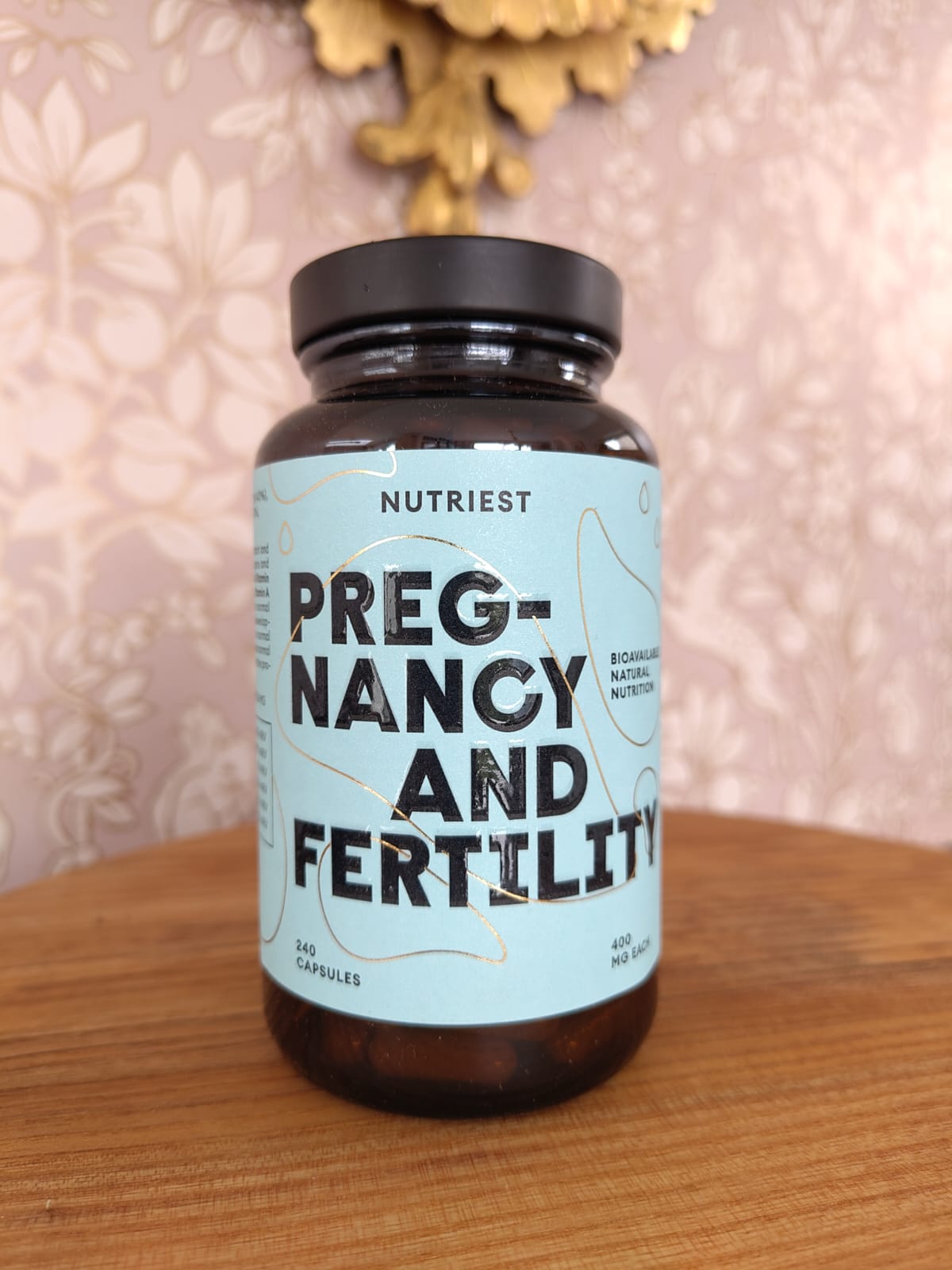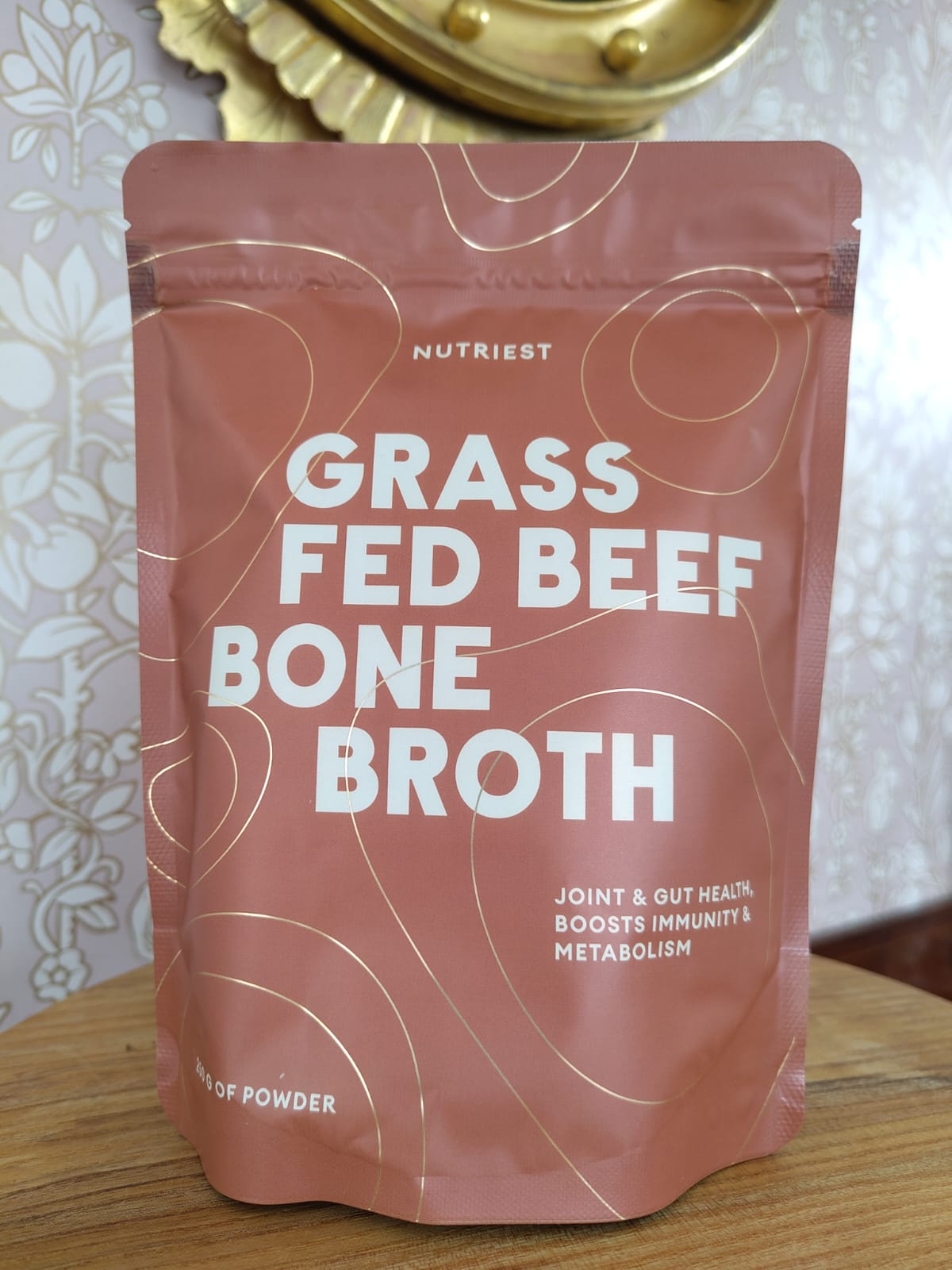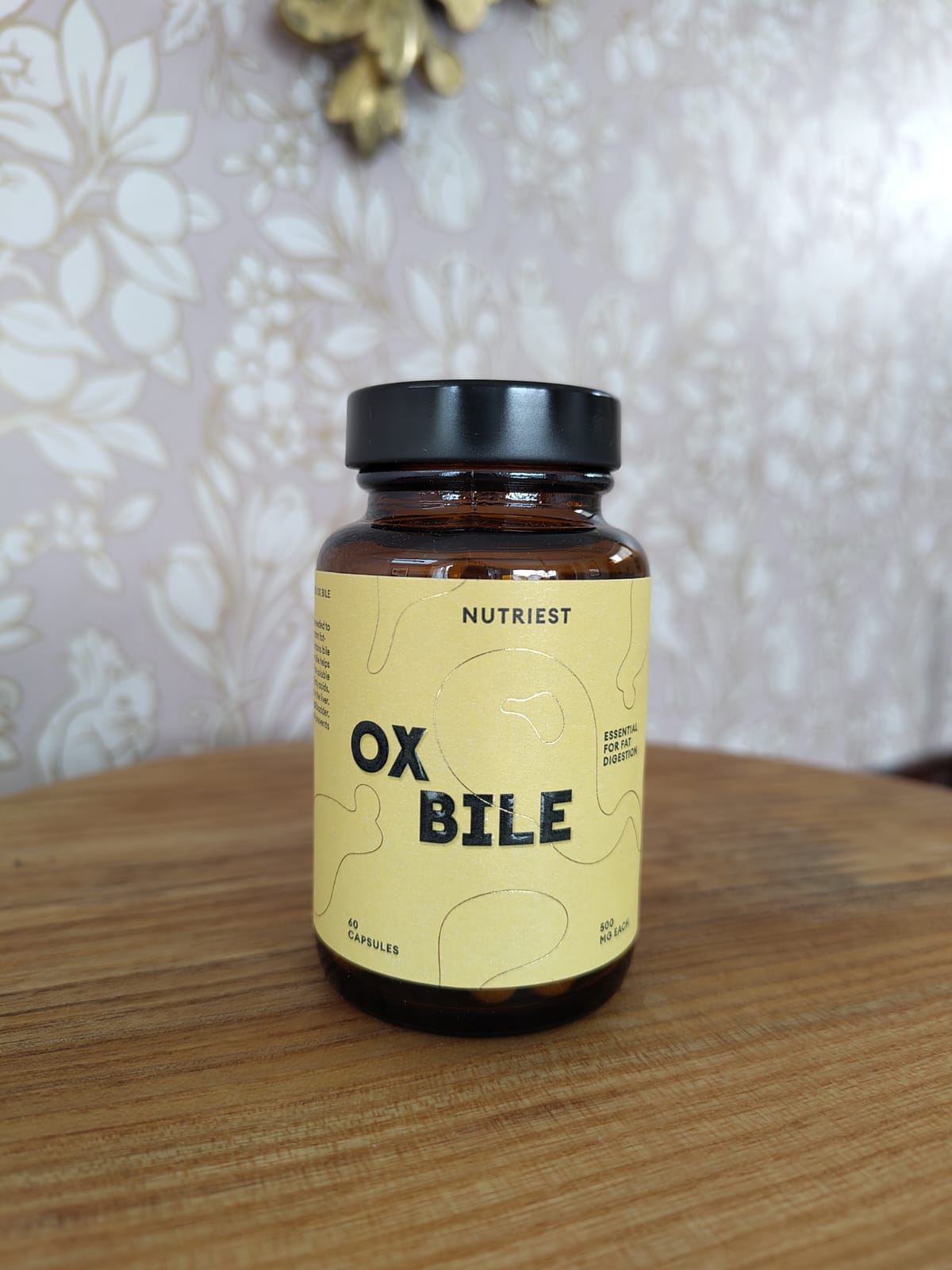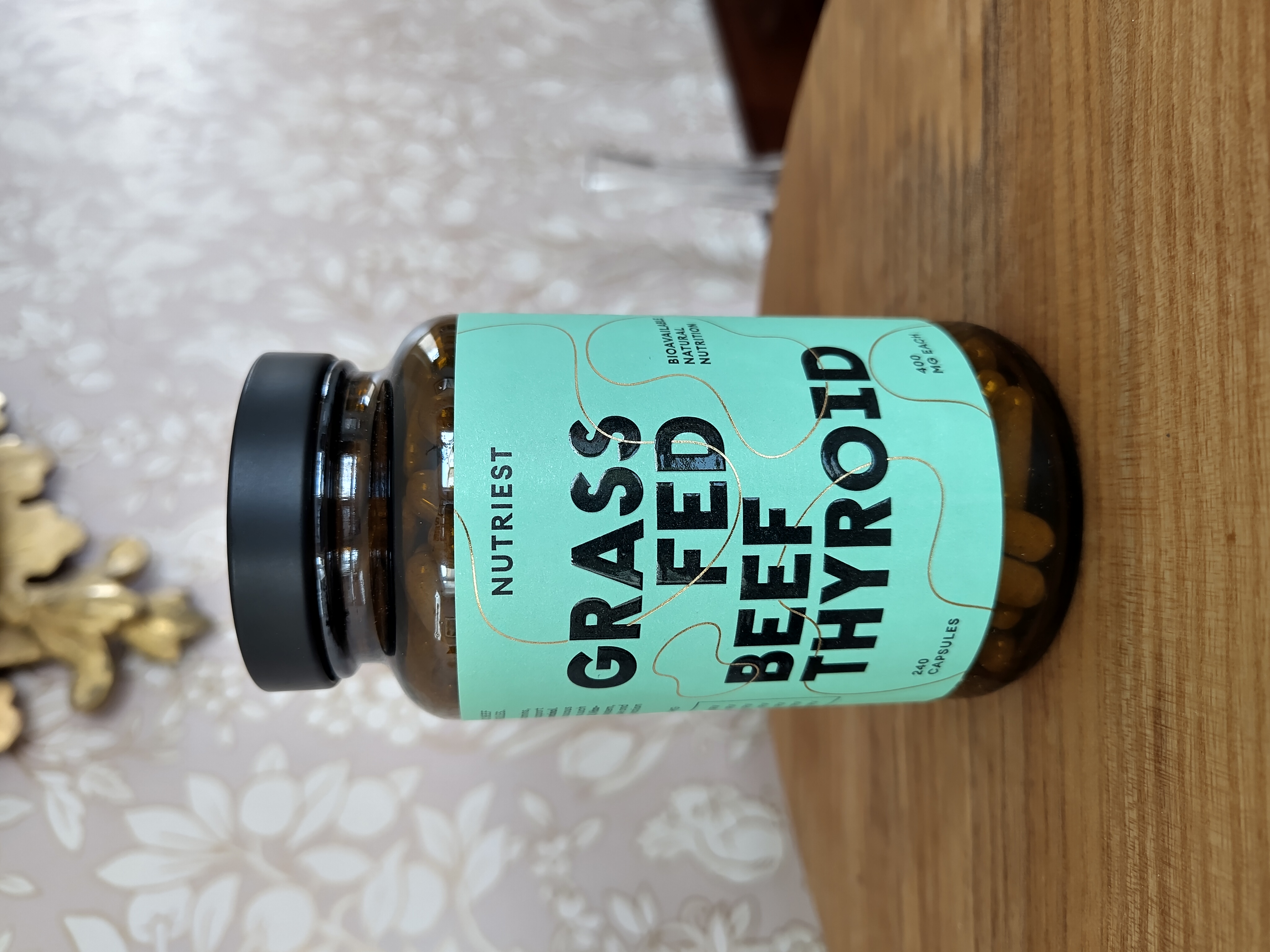This is my 2nd blog on ways to support your immune system in the light of COVID-19. Part I is available here
Vitamin C: I’m sure everyone has heard of vitamin C and it’s highly likely you have used it at some stage when fighting a cold or flu. Vitamin C has been shown to support the immune system against viral infections in a couple of ways:
- As an antioxidant. Infections trigger the release of oxidising agents called reactive oxygen species (ROS) which help kill bacteria and viruses, but they can also cause damage to the host (human) cells. An oxidised form of vitamin C can be transported into affected cells and reduced to vitamin C. Studies have found reduced vitamin C concentrations where influenza viruses were present.
- As an anti -bacterial / -viral agent. Interestingly, scurvy, which is a well known manifestation of vitamin C deficiency was often associated with pneumonia in early research on vitamin C and one of the symptoms of scurvy was a “marked susceptibility to infection”.
The research from China is telling us the main causes of fatality with coronavirus are secondary infections, mostly pneumonia and SARI (severe acute respiratory infection). Because of this China is now using high dose intravenous vitamin C in clinical trials on the very ill. From the Detailed Description: Vitamin C, also known as ascorbic acid, has antioxidant properties. When sepsis happens, the cytokine surge caused by sepsis is activated, and neutrophils in the lungs accumulate in the lungs, destroying alveolar capillaries. Early clinical studies have shown that vitamin C can effectively prevent this process. In addition, vitamin C can help to eliminate alveolar fluid by preventing the activation and accumulation of neutrophils, and reducing alveolar epithelial water channel damage. At the same time, vitamin C can prevent the formation of neutrophil extracellular traps, which is a biological event of vascular injury caused by neutrophil activation. Vitamins can effectively shorten the duration of the common cold. In extreme conditions (athletes, skiers, art workers, military exercises), it can effectively prevent the common cold. And whether vitamin C also has a certain protective effect on influenza patients, only few studies have shown that vitamin C deficiency is related to the increased risk and severity of influenza infections. In a controlled but non-randomized trial, 85% of the 252 students treated experienced a reduction in symptoms in the high-dose vitamin C group (1g / h at the beginning of symptoms for 6h, followed by 3 * 1g / day).
For more information on the research available behind Vitamin C, have a read of Vitamin C and Infections, the whole review paper is available online.
Here is the abstract: In the early literature, vitamin C deficiency was associated with pneumonia. After its identification, a number of studies investigated the effects of vitamin C on diverse infections. A total of 148 animal studies indicated that vitamin C may alleviate or prevent infections caused by bacteria, viruses, and protozoa. The most extensively studied human infection is the common cold. Vitamin C administration does not decrease the average incidence of colds in the general population, yet it halved the number of colds in physically active people. Regularly administered vitamin C has shortened the duration of colds, indicating a biological effect. However, the role of vitamin C in common cold treatment is unclear. Two controlled trials found a statistically significant dose–response, for the duration of common cold symptoms, with up to 6–8 g/day of vitamin C. Thus, the negative findings of some therapeutic common cold studies might be explained by the low doses of 3–4 g/day of vitamin C. Three controlled trials found that vitamin C prevented pneumonia. Two controlled trials found a treatment benefit of vitamin C for pneumonia patients. One controlled trial reported treatment benefits for tetanus patients. The effects of vitamin C against infections should be investigated further.
So how much should you take? The research has found that even small amounts really support the immune system (200mg/day) when it is fighting an infection. These studies have found 6g/day were optimal therapeutic doses, but people will often take two or three times that amount if they feel a cold/flu coming on. You really can’t overdose, too much will clear out your bowels 

Essential oils: herbs have been used since ancient times in many cultures. Today there are a wide variety of essential oils available, many you will be familiar with: lavender and camomile to relax you, peppermint to aid digestion and of course tea tree is a well-known antiseptic. In more recent years, studies have been done on specific oils and their ability to counteract pathogens, including viruses. Here is a summary of some of the research. As COVID-19 is a new virus it isn’t going to have been included in much research yet, so I have included studies looking at other viral strains. Also of note, these studies also looked at their ability to attack bacteria and fungi (also with good success), a quick read through any of these studies should clearly demonstrate the benefits of incorporating essential oils into your lifestyle.
This review, published in 2019 found Several essential oils have antiviral activities against many RNA and DNA viruses, such as type 1 and type 2 herpes simplex virus (HSV-1 and HSV-2), dengue virus type 2, influenza virusadeno virus type 3, poliovirus, Junin virus, and coxsackievirus B1.
A blend of rosemary, cinnamon, eucalyptus and camelina sativa significantly reduced viral units for H1N1 and HSV1. For H1N1, a reduction greater than 99% (>2 log) was observed with 1% AB1 with a 60‐min contact time and a reduction greater than 99.99% (>4 log) with 80% and 40% AB1 after 60 min. The authors note their study confirmed previous studies looking at the ability of essential oils to reduce viral units.
The authors of Screening for Antiviral Activities of Isolated Compounds from Essential Oils tell us The pharmaceutical industry is increasingly targeting medicinal plants with the aim of identifying lead compounds, focusing particularly on suitable alternative antiviral agents. Topical treatment of herpes labialis infection is standard, for the most part carried out not only with acyclovir creams, but also with phytopharmaceuticals containing sage or lemon balm extracts. Both plant extracts were shown to be significantly superior to placebo and equivalent to acyclovir. Our previous in-vitro experiments revealed similar results for essential oils from eucalyptus, tea tree and thyme.
The main reason there isn’t more research on essential oils and we’re not all being encouraged to used them as a first line of defence against pretty much everything 
Essential oils can be applied topically, it’s best usually to dilute them in a carrier oil, you can use coconut oil (melt it and add the oils) if you’d rather something solid or almond oil if you’d prefer a liquid. They can also be inhaled. This is obviously particularly effective is someone is dealing with a respiratory infection like COVID-19. Either rub the oil onto your hand and inhale or use a diffuser.
As a hand sanitiser, add a few drops of several oils to a small spray bottle, once it has a good lid you can take it with you wherever you go. It is just as effective as shop bought alcohol sanitisers, but it will not dry out your hands AND you can inhale it each time you spray it onto your hands for extra protection.
They can also be ingested in small amounts, you can add drops of rosemary, peppermint etc to foods to enhance the flavour.
There are so many oils to choose from, but tea tree, rosemary and eucalyptus are probably the most potent, to enhance the aroma if you feel it’s necessary try neroli, geranium, lavender, orange, lemon etc.
There will be a part III shortly, as I’ve been researching this I’ve come across more research and information, will get it posted as soon as possible…




